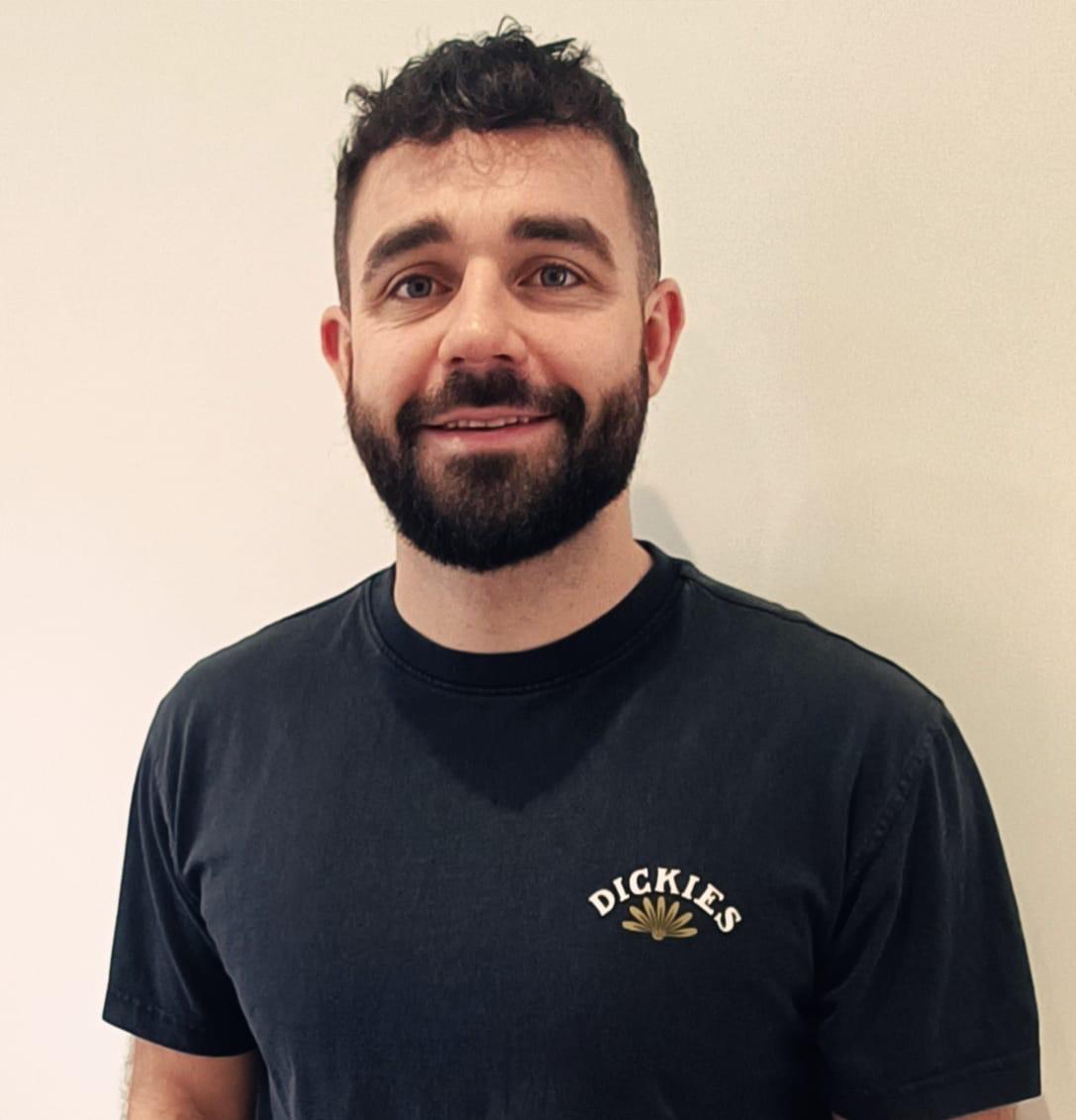Why Anaesthetists from the UK Are in High Demand in Australia – And Why Now’s the Time to Make the Move
17 Jul, 20257 minutes
Australia is facing a mounting challenge: a growing healthcare system with not enough anaesthetists to support it. If you're a UK-trained consultant anaesthetist holding a Certificate of Completion of Training (CCT), there's a clear opportunity waiting for you across the globe.
Thanks to the Expedited Specialist Pathway, it’s now easier than ever for UK anaesthetists to live and work in Australia. Here’s why demand is high, how the profession compares between countries, and what makes this pathway so appealing.
The Shortage of Anaesthetists in Australia: What’s Driving It?
There’s an urgent need for anaesthetists across Australia, particularly in regional hospitals, outer metropolitan areas, and smaller private facilities. Contributing factors include:
- An ageing population, leading to a sharp rise in surgeries and chronic health needs
- Growing surgical backlogs post-COVID
- Retirement of senior clinicians with not enough trainees to replace them
- Difficulties attracting and retaining specialists in rural and remote areas
The Australian and New Zealand College of Anaesthetists (ANZCA) estimates that without strategic workforce intervention, many hospitals will be understaffed for years to come—a trend already evident in locum shortages and surgery delays.
Anaesthesia in Australia: What Does the Role Look Like?
Anaesthetists in Australia (commonly called "anaesthetic specialists" or just "anaesthetists") are central to surgical and perioperative care. Their scope of practice typically includes:
- Preoperative assessment and planning
- Intraoperative care for surgical procedures
- Postoperative pain management and ICU liaison
- Sedation for procedures (e.g., endoscopy, cardiology, dental surgery)
- Trauma and emergency response in hospitals
Specialisation is possible in pain medicine, paediatric anaesthesia, cardiac anaesthesia, or neuro-anaesthesia.
Many anaesthetists split their time between public hospitals and private practice, allowing greater flexibility and the ability to significantly increase income.
Key Differences Between the UK and Australia
While the training and clinical standards are highly comparable, there are notable differences in daily practice, structure, and lifestyle:
Aspect | Australia | UK |
Training | 5-year ANZCA Fellowship program post-medical degree | 7-year program (CT1–ST7) with FRCA |
Regulator | ANZCA + AHPRA | RCoA + GMC |
Practice Model | High flexibility across public/private work | Mostly NHS-based employment |
Workload | Often fewer on-calls and lower shift intensity | High pressure, increasing rota gaps |
Income | Higher, especially with private work | NHS pay bands limit earning potential |
Work-Life Balance | Strong focus on lifestyle and manageable hours | Often strained under NHS demands |
A Fast Track for UK Anaesthetists: The Expedited Specialist Pathway
Thanks to long-standing equivalence between the UK and Australian systems, anaesthetists with CCT and FRCA can now access the Expedited Specialist Pathway.
What It Means:
- Streamlined assessment through the Australian and New Zealand College of Anaesthetists (ANZCA)
- No additional exams required
- Often no need for supervised practice
- Quicker access to specialist registration with AHPRA
- Eligibility for Medicare provider numbers, enabling private work and billing
This makes the process of moving and working in Australia much faster and more accessible than ever before.
Why UK Anaesthetists Are Making the Move
✅ Higher Earning Potential
Anaesthetists in Australia—especially those who combine public and private work—can significantly out-earn their UK counterparts.
✅ More Control and Flexibility
Set your own schedule, take on private or locum work, and avoid the rigid rotas that are so common in the NHS.
✅ Better Work-Life Balance
Australia’s healthcare system places strong emphasis on clinician well-being. That means fewer night shifts, generous leave, and less burnout.
✅ Lifestyle Perks
World-class beaches, vibrant cities, sunshine, and a relaxed lifestyle—plus high-quality education and healthcare for families.
✅ Professional Recognition
UK training is highly regarded. You’ll be able to work at a senior level almost immediately, with no need to retrain.
Where Are Anaesthetists Needed Most?
While there is strong demand across all major cities, the highest need is in regional centres and smaller cities such as:
- Regional Australia
- Queensland, NSW, Victoria, South Australia, Western Australia & Northern Territory
- MM2 - MM7 categorized locations
Many roles come with relocation support, visa sponsorship, and sign-on bonuses.
Ready to Take the Leap?
Here’s how to get started:
- Review the Expedited Pathway via ANZCA:
- Apply for AHPRA registration
- Engage a medical recruitment agency specialising in international anaesthesia placements
- Explore visa options, including employer-sponsored and independent skilled migration
Final Thoughts: A Career and Lifestyle Upgrade
Australia offers UK anaesthetists not just a career opportunity—but a lifestyle transformation. With a respected training background and a system that’s actively recruiting, your skills are in demand and your pathway is clear.
If you're seeking better pay, greater autonomy, and a more balanced life, it's time to consider anaesthesia in Australia, please share your CV with aus@bdiresourcing.com and one of our expert team will be in touch to explore the next steps.



